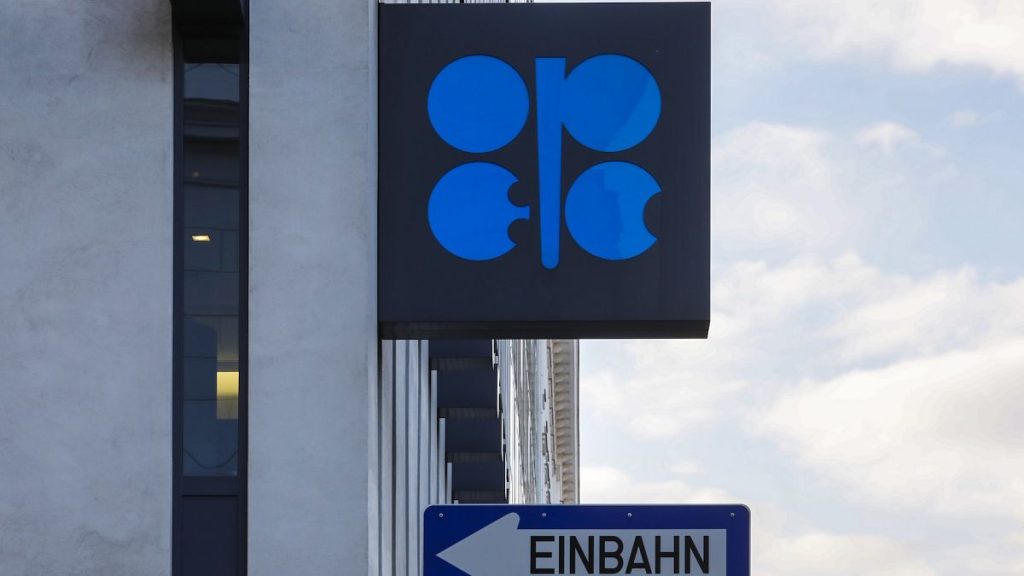Oil prices have recently faced significant declines, primarily driven by weaker-than-anticipated demand from China and an increase in production from non-OPEC+ countries like Brazil and Argentina. This situation has created challenges for the OPEC+ alliance, which includes major oil producers such as Saudi Arabia and Russia. The alliance is currently engaged in discussions regarding their future production strategies, particularly in light of the sluggish demand and the threat posed by the rising output of non-allied countries. These factors are contributing to uncertainties about the trajectory of oil prices, with current trends suggesting they may remain stagnant for the foreseeable future.
OPEC+ is deliberating whether to postpone its planned production increases, which are set to be implemented on January 1. Specifically, eight member countries intended to gradually restore 2.2 million barrels per day, previously cut in response to dwindling prices. Analysts now speculate that the group may opt to delay these increases by an additional three months while they continue to assess market demand and conditions. The decision is pivotal, as maintaining current production levels could sustain the declining price environment that has been a relief to consumers, particularly motorists who have benefited from recent price drops. However, consumers in Europe are experiencing more stable prices due to the significant tax burdens incorporated into fuel costs.
The primary beneficiaries of any delayed production increases would be consumers in the short term. U.S. motorists have seen noticeable price reductions, while European drivers experience less volatility due to comparatively higher taxes on fuel. The dynamics of supply and demand are central to oil price fluctuations, and the interplay between OPEC+ decisions and rising production from countries outside this alliance continues to define the market landscape. This scenario emphasizes the importance of international negotiations and the complexities involved in global oil trade, especially in a context marked by geopolitical tensions and economic uncertainties.
In the midst of these discussions, the individual motivations of OPEC+ members are crucial to understanding potential outcomes. For Saudi Arabia, stable oil revenues are vital to fund Crown Prince Mohammed Bin Salman’s ambitious economic diversification plans, which include massive investments in projects like Neom—a $500 billion futuristic city initiative. Conversely, for Russia, oil export revenues represent a critical pillar of its state finances and ongoing military expenditures, particularly in light of its involvement in the war against Ukraine. This dual necessity underscores the conflicting pressures facing OPEC+ leaders as they weigh production strategies against national economic imperatives.
Adding to the complexity is OPEC’s recent revision of its forecast for oil demand growth in 2025, reducing the estimated increase to 1.54 million barrels per day from a prior expectation of 1.85 million barrels. This downward adjustment reflects broader economic trends and suggests that the group’s decision-making will be influenced heavily by market realities. Analysts from Commerzbank project that Brent crude prices will average around $75 per barrel in the first quarter of next year, with a slight increase to approximately $80 per barrel in subsequent quarters. Such predictions further highlight the precarious position OPEC+ finds itself in as it navigates both member interests and global economic conditions.
Ultimately, the current landscape of oil prices illustrates the interconnectedness of geopolitical, economic, and market forces. OPEC+’s deliberations regarding production levels have far-reaching implications, not only for member countries but also for global consumers and markets. Stakeholders will need to remain vigilant, as changes in supply dynamics, whether through OPEC+ decisions or increased production from non-aligned countries, will continue to shape the price of oil in a world where demand is evolving rapidly. As 2025 approaches, the balance of these factors will become increasingly important as both sustainability of production and consumer needs come to the forefront of discussions in the oil market.














